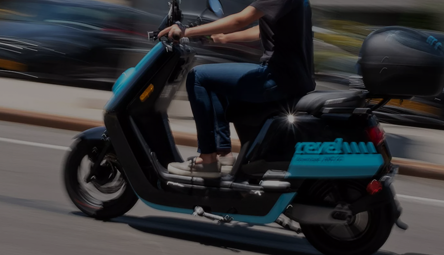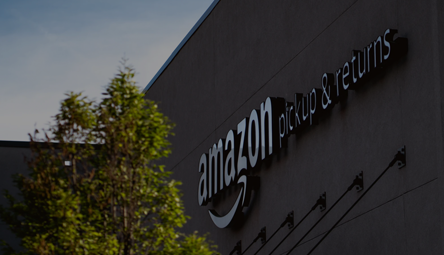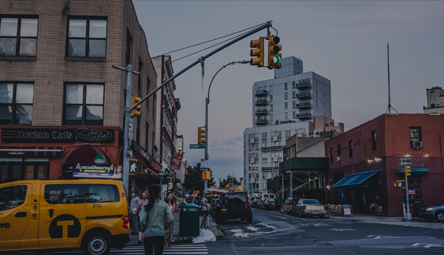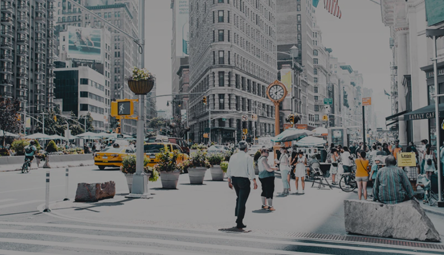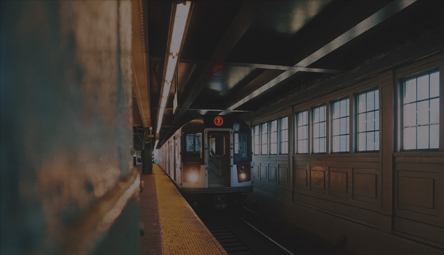The American economy and workers are fighting for survival during a critical holiday season beset by rising coronavirus cases and less spending by customers at stores and restaurants.
Even with limited shutdowns and restrictions, consumers in the US have cautiously chosen to go out less and ordered goods or food for delivery instead. Online retailers and grocers have benefitted as more Americans hunker down at home, leaving restaurants, bars, and local establishments with fewer walk-in patrons.
As Congress negotiates another round of stimulus, lawmakers should get creative with the types of targeted stimulus offered to business. One effective way to provide a direct jolt to the economy and revive restaurants and retail businesses by offering vouchers for takeout and curbside pickup at local businesses.
In January, even before the first reported COVID-19 cases in the US, Harvard professor Gabriel Chodorow-Reich proposed offering restaurant coupons in the event of a downturn as an effective way of stimulating the economy.
Spending would take place in neighborhoods and be workforce-intensive, benefitting local economies and workers. These coupons or vouchers could encourage and enable money to exchange hands faster within communities and lift overall macroeconomic activity. China, in an attempt to keep consumer dollars on the mainland, has already provided spending vouchers with good results so far.
A variation of this voucher plan could serve as an ideal way to encourage Americans to stay home and order takeout, delivery, or curbside pickup. It would also allow restaurants and businesses to operate safely should new lockdown measures be necessary. The vouchers should come with strict terms: an expiry date and limited use for local establishments.
For millions of Americans, stimulus checks have proven to be a lifeline — they should, undoubtedly, be given to Americans again. However, a voucher could also be an effective supplement that supports local spending.
The case for including stimulus with an expiration comes down to a basic tenant of consumer behavior: people hold onto cash in times of uncertainty.
Shortly after the first round of stimulus in April, Americans' savings rate reached its highest point in 30 years. This data suggests that while countless Americans lived paycheck to paycheck and quickly spent their stimulus, many of those who pocketed the $1,200 stimulus put it towards debt or into a savings account. If consumer spending is the primary driver of the US economy, it is income that sustains and fuels that spending. But if money sits still, it changes hands less and growth consequently slows.
For the restaurant industry — which makes up more than 4% of US GDP and employs nearly 10% of US workers — the precipitous drop in patronage in March and April has slowly ticked back up. Shortly after Labor Day coronavirus cases increased and temperatures dropped making outside dining less desirable. Now the number of reservations has plateaued, hovering at an average of 44.6% less traffic than the same time last year.
The economic devastation that has left businesses insolvent or on the brink of bankruptcy requires measures of considerable financial priority. Of the nearly 500,000 brick-and-mortar retail businesses, 98% are considered small retail businesses that employ fewer than 50 employees, and they account for more than 40% of all retail workers in the US. Nine months after the start of the pandemic, over 164,000 businesses have closed in total with almost 100,000 ceasing operations for good and another 65,000 remaining temporarily closed. The hardest hit businesses are bars, cafes, and restaurants. In surveys, two-thirds of restaurants believe they are likely to padlock their doors permanently without government support. For-rent signs and empty storefronts have now marked the death of downtowns and main streets.
The innovation economy is critical to helping the national economy out of this recession. Yet, while most startups and venture capital firms are concentrated in San Francisco, New York, and Boston – cities that have recently seen significant outbound migration as evidenced in rent decreases — midsize cities should also develop their tech credentials. Why can't Tulsa, Oklahoma or Cleveland, Ohio also birth tech communities and grow global tech firms?
A recent study on the effectiveness of the CARES Act and the Paycheck Protection Program in the Journal of Public Economics shows how small businesses were disadvantaged by the design of the program — a first-come, first-serve approach that put larger corporations at the front of the line.
Small businesses were less aware of the program or their eligibility, submitted applications later, had longer approval periods, and were overall approved less often. Of the over $2 trillion in stimulus and aid, only one-third, or $669 billion, went to small businesses despite producing 44% of GDP and employing just less than half of the private workforce in the US.
This underscores the fact that not all stimulus is created equal and how stimulus is deployed matters greatly. Stimulus can be designed for high economic metabolism and for lasting effect. Long-term customer relationships can be more valuable and generative than one-time payments.
Any proposal for voucher-based stimulus should come without an asterisk and fine print. Cash transfers to the public — such as the $267 billion in direct payments that were made to nearly 160 million Americans — shouldn't be replaced by local business vouchers. Likewise, direct grants and relief to provide lifelines to restaurants and small businesses under severe economic stress should be included in any upcoming federal aid program.
Consider how an additional $100 to $200 for each local voucher can be provided to the same number of Americans for a relatively modest $30 billion to $60 billion, with the likely return of an outsized impact on local economies. Vouchers could come with the stipulation that purchases be made by delivery or pick-up and by a certain date, but specifically for small retail once the pandemic has been controlled.
Americans are desperate for financial assistance for bills, rent, food and essential goods — but eventually they will need to return to work. Similarly, small brick-and-mortar businesses around the US will need more than just a temporary lifeline to make a rebound. They will need their customers back.





